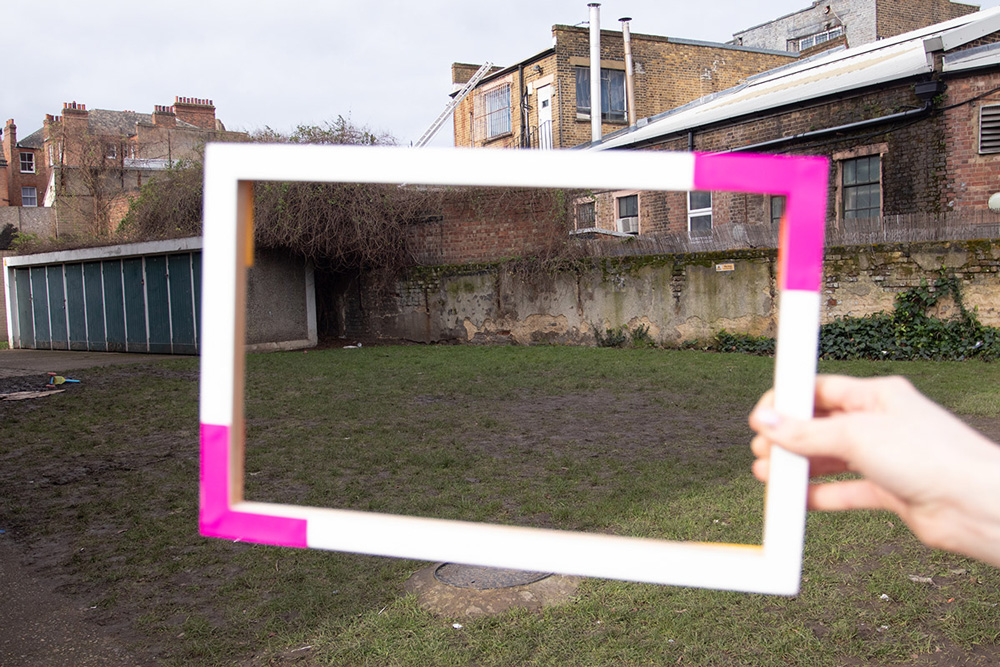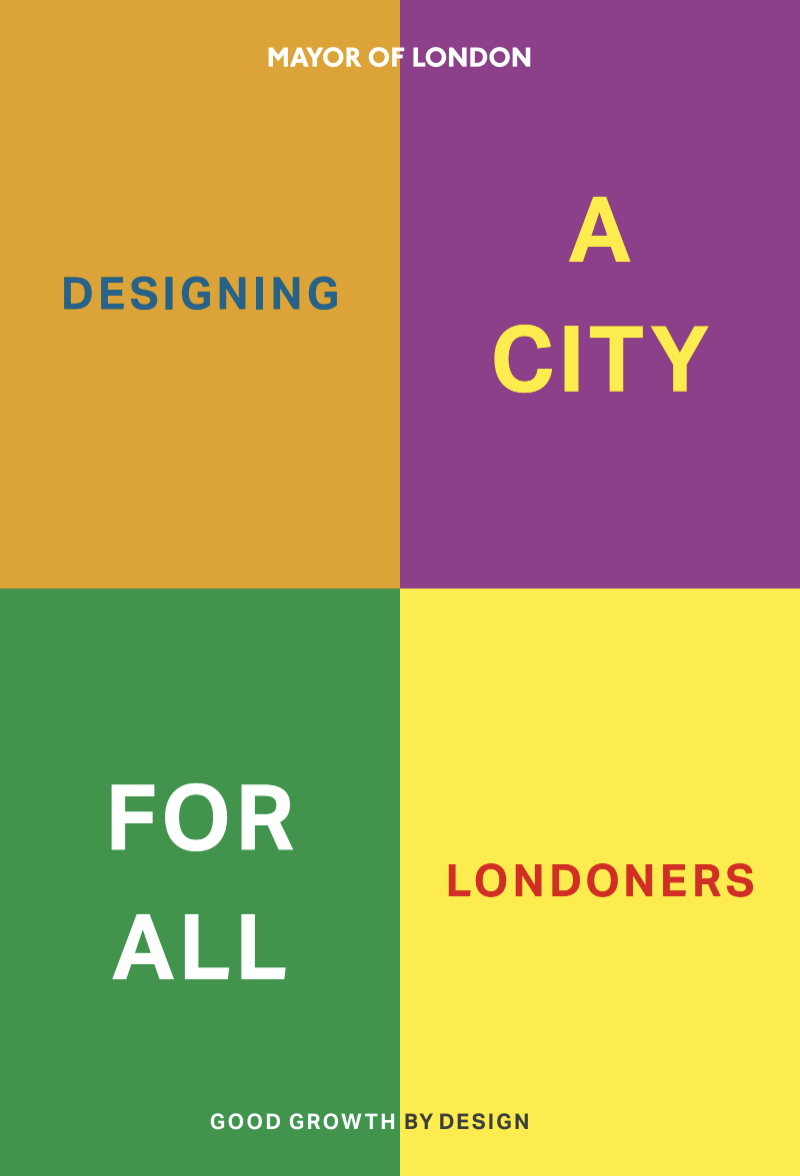The Greyfield Project: the potential of underused or empty buildings for culture in communities.
Introduction
How it Works
Greyfield identifies groups, activities or aspirations within communities to develop a collaborative cultural programme.
The flow diagram sets out the steps for how the project works, click to explore.
Get Involved
Greyfield reimagines urban spaces by creating opportunities for cultural access and participation. It can be initiated by councils, artists, designers, local groups or tenants associations.
Which kind of initiator are you?
Get In Touch
Resources
West Ken

The project must develop a process for seeing the potential of the overfamiliar that is appropriate for the community.
What
There are empty or underused council owned spaces throughout our cities, towns and villages. From offices to empty garages, the temporary and permanent potential of Greyfield land for cultural access is endless. Locating these spaces marks the beginning of the project.
Why?
Greyfield is an opportunity to bring creative culture to communities, creating sustainable connections through participation and ownership.
How?
The project must develop a process for seeing the potential of the overfamiliar that is appropriate for the community. This vital first step in creating an innovative and appropriate response to the site needs to recognise the initiators.

It recognises that the outcomes can be a valuable contribution to the council’s cultural stratregy.
What
Establishing access to council owned Greyfield land is a key part of the project. To make the most of a space it is important to establish how much of it can be used and for how long.
Why?
The use of Greyfield land for creative activities can be a valuable contribution to council’s cultural strategy.
For example as part of Hammersmith and Fulham’s 2016-2022 Art’s Strategy they want to “promote arts activities in unusual spaces to reach out to different audiences and people who wouldn’t normally participate in the arts, to promote activities that are for all abilities and require no specialist equipment or knowledge, just a willingness to have a go” and “examine the opportunities to provide free exhibition space to local artists in council owned and managed buildings across the borough”.
How?
There is a gov.uk database where suggestions can be made for better uses of surplus and redundant council property throughout the UK. In the case of West Ken, the council owned garages were rented privately by local residents therefore access to the spaces could be done directly through the community.

By creating localised access to cultural activities, communities can have more of a personal connection with the space
What
The project should develop a clearly structured and publicised programme that allows for the participation of the whole community in creative activities.
Why?
The outcome should be creative and engaging as participating in cultural, creative activities is “part of lifelong learning and education: it breaks isolation and leads to social cohesion by bringing together people from a wide range of backgrounds, ages and experiences”.
How?
The initiator should work closely with key residents to develop a process of dissemination and engagement, so the cultural programme celebrates the place and the people. For example, within West Ken, an arts committee was created to champion arts on the estates.

The space should not only be seen in a radically new way but also generate a sense of shared ownership.
What
Once, the cultural programme has been selected, the space needs to be made appropriate for that activity.
It should be the most feasible intervention that can initiate participation, as even with a small amount of funding simple changes can be very compelling. .
Why?
It is important that the space feels transformed and that the residents are actively involved in this process. It should not only be seen in a radically new way but also generate a sense of shared ownership. For West Ken, garages are going to be transformed into temporary artist studios. Therefore, it was important the basic furniture was flexible and reflected the visual heritage of the estates.
How?
The project must develop a process for seeing the potential of the overfamiliar that is appropriate for the community. This vital first step in creating an innovative and appropriate response to the site needs to recognise the initiators.
